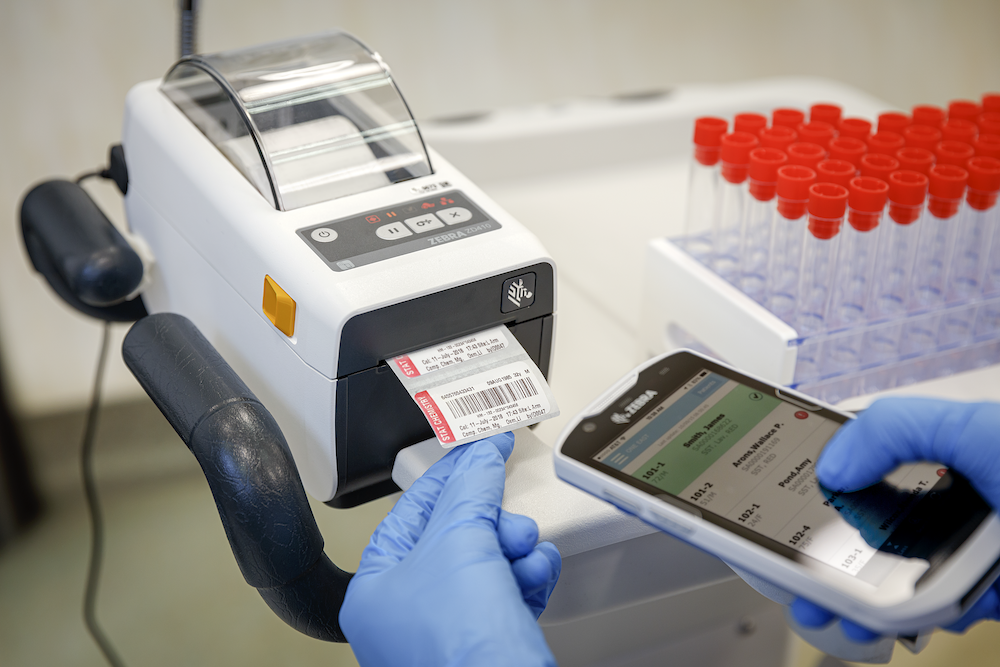So, what causes an unreadable barcode? It could be any number of things. The most common reasons for unreadable barcodes are addressed in this first article of a 2-part series:
- Poor contrast between the spaces and bars
- Quiet zones around the barcode have marks
- Damage or distortion to the barcode
- Incorrect symbology used in 2D barcodes
- Using the wrong ribbon and label combination
- Printing too fast causing the label to smear
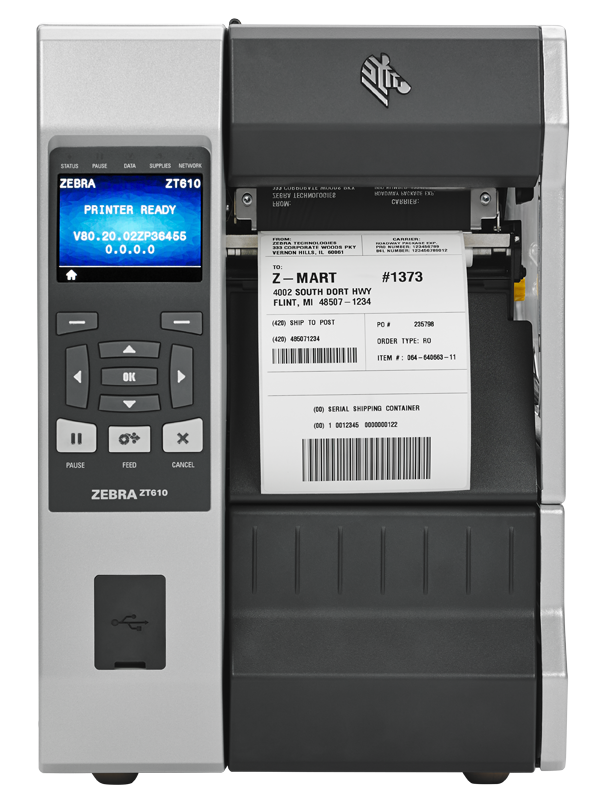
Barcodes provide a means of knowing what a product is and where it goes. That is why when a barcode is unreadable for any reason, it decreases your efficiency and can cause chargebacks and lost shipments.
Poor Contrast
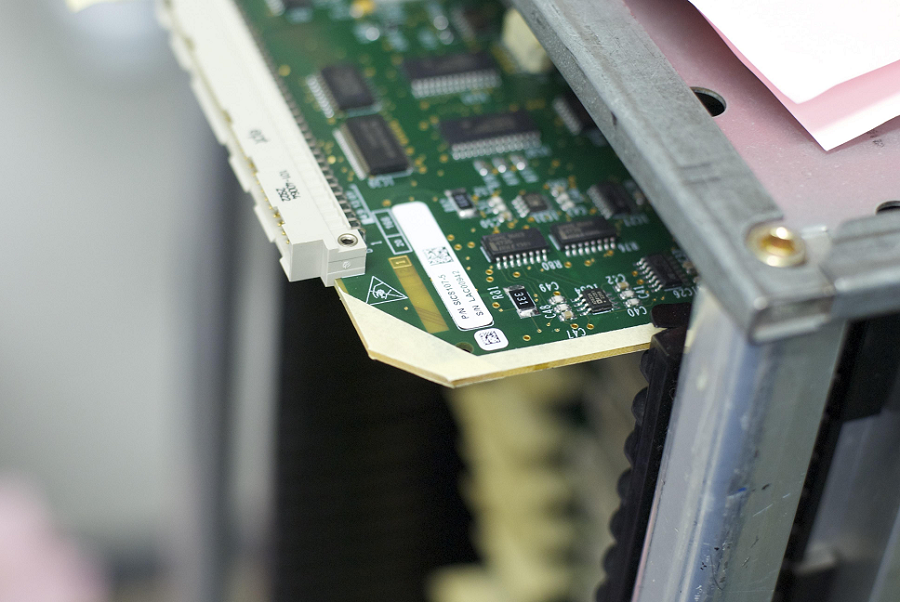
A barcode label printer must be able to create uniformly light and dark elements across the entirety of a label. Any variations in the label substrates, harsh shadows, or reflections caused by lighting can cause a no-read or a mis-read.
Messy Quiet Zones
The quiet zone around a barcode is typically about 10x the width of the narrowest bar of a 1D barcode. 2D barcodes require an area of at least one element width on each side it. Anything within these areas of the barcode quiet zones create unreadable barcodes.

Damage and Distortion
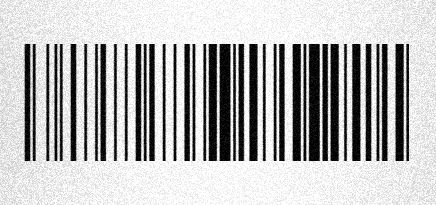
Damage or distortion to a barcode can happen anywhere from printing, manufacturing, during shipping, and at the end user. Even if a product leaves your facility with a pristine barcode label, there is no guarantee that it will remain that way. Barcode labels can get scuffed, torn, become faded, and can be damaged by environmental conditions. Barcode labels can even shrink when exposed to moisture.
Incorrect Symbology
Incorrect symbology used in 2D barcodes can generate the wrong information for the product it is attached to. 2D barcodes can encrypt approximately 2,000 characters using patterns, shapes, and dots. Using the wrong symbology can cause a misread or no read, leading to wasted time and rejected shipments. Even worse, the wrong symbology can cause incorrect pricing and inventory disasters.
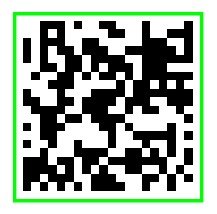
Wrong Label and Ribbon Combination
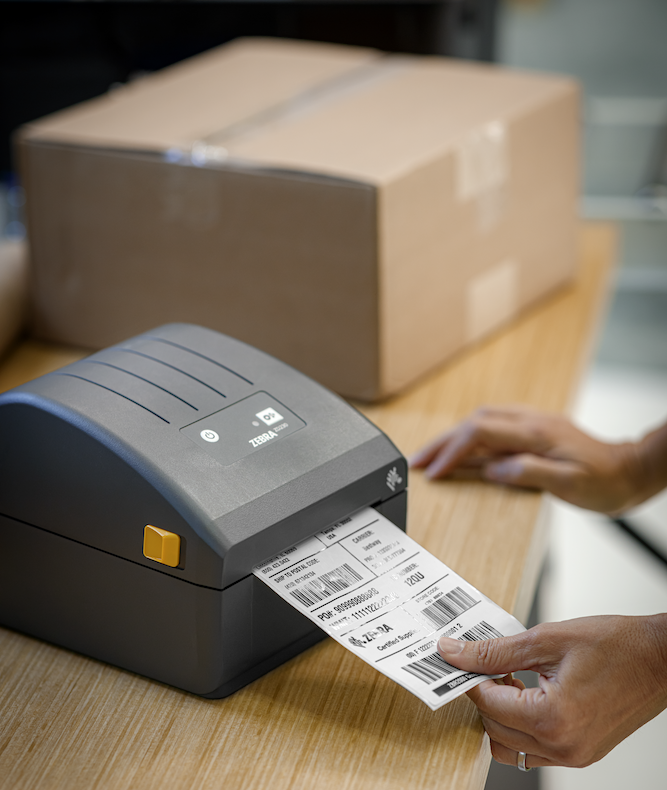
Poor imaging on barcode labels can cause fatal results in pharmaceutical and biotechnology organizations. This can result in a stream of fines, lost customers, and possibly even lawsuits.
Printing Too Fast
1D labels are printed like a picket fence (landscape or parallel) or ladder (portrait or perpendicular). Print speed can drastically impact symbol quality especially if the 1D barcode must be ladder oriented. Print speed can also impact the quality of a 2D symbol such as a QR Code or Data Matrix Code.
Do These Problems Sound Familiar?
While there are other things that can cause unreadable barcodes, the main causes include low contrast, quiet zone violations, damage distortion, incorrect symbology, wrong label/ribbon combination, and speed of printing. Most issues can be easily resolved using proper barcode verification and printing technology, and monitoring barcode label specifications.
Prevention is always cheaper than the consequences of losing assets and possibly even customers.
You can also contact us directly to discuss what we can do to find a solution for you.
